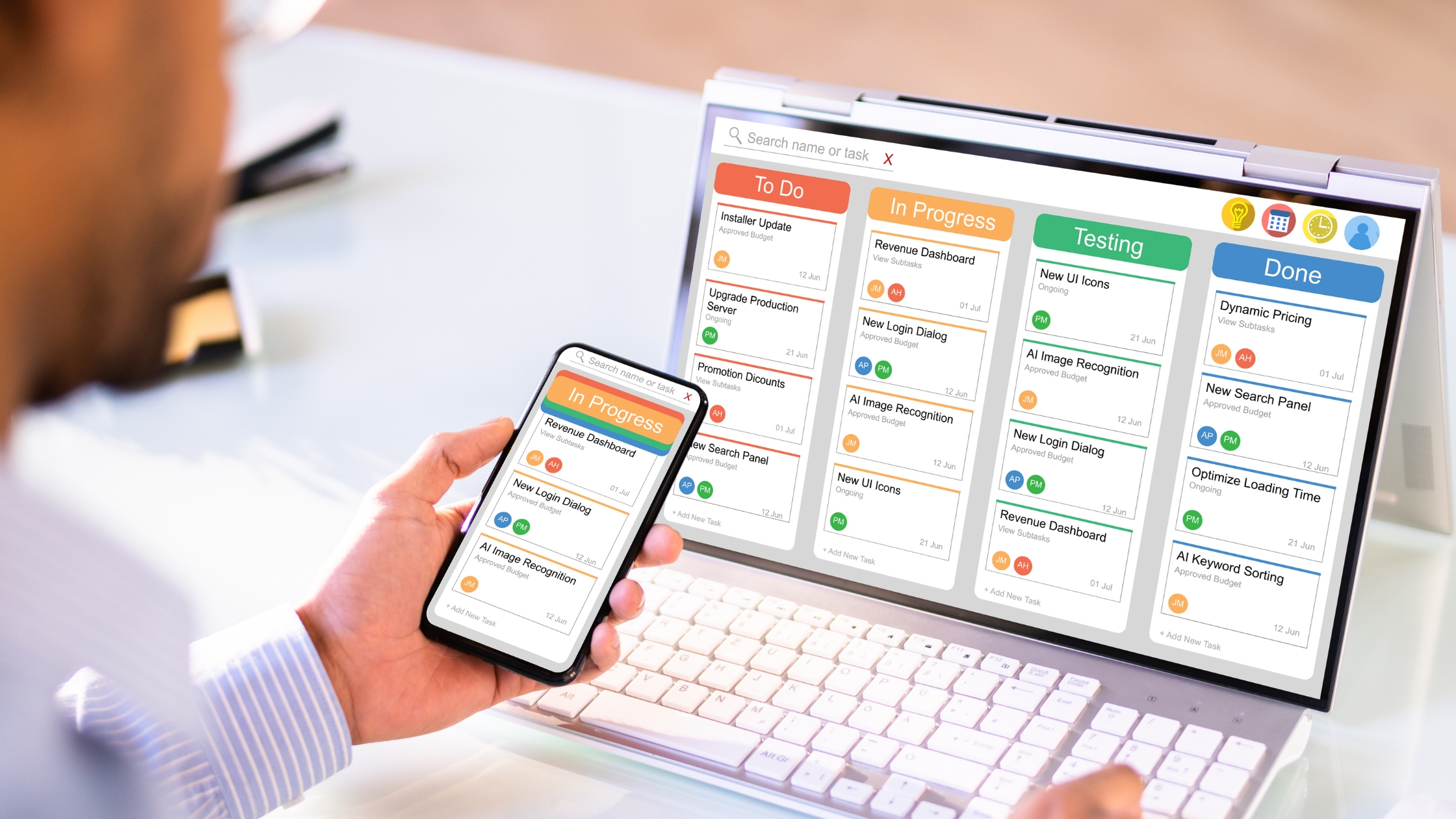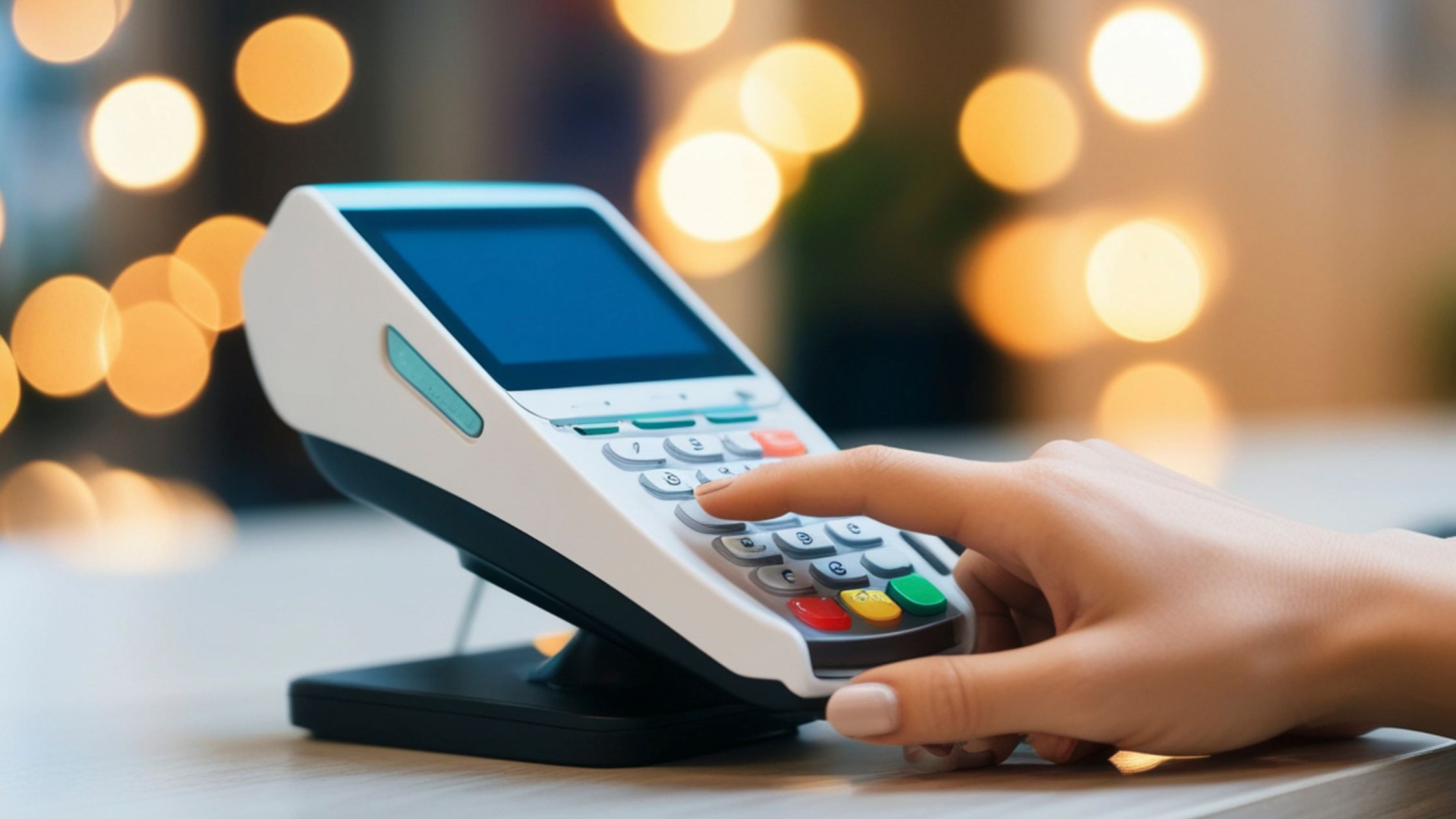In the dynamic world of the restaurant industry, efficient operations are paramount. One of the key aspects that can significantly impact a restaurant’s performance is its ability to manage table assignments effectively. This is where restaurant table management software comes into play. By automating and optimizing the seating process, these systems help restaurants maximize their seating capacity, reduce wait times, and enhance the overall dining experience for customers.
With the right software, restaurants can gain real-time visibility into their table occupancy and guest preferences, allowing them to offer personalized experiences. Additionally, these systems allow restaurant staff to prioritize walk-ins and reservations efficiently, ensuring that no table goes unused during peak hours. By streamlining these processes, restaurants can optimize their resources, increase customer satisfaction, and maximize revenue.
What Is Restaurant Table Management Software?
Restaurant table management software is a digital solution designed to assist restaurant staff in managing reservations, walk-ins, and table assignments. These systems provide real-time visibility into table availability, allowing hosts and managers to make informed decisions quickly. Key features often include:
- Customizable Floor Plans: Tailor the seating arrangement to fit the restaurant’s layout and accommodate various party sizes.
- Real-Time Table Status: Monitor the status of each table, from occupied to ready for cleaning.
- Reservation Management: Efficiently handle reservations and walk-ins, reducing overbooking and wait times.
- Waitlist Management: Automatically notify guests when their table is ready, improving customer satisfaction.
- Analytics and Reporting: Gain insights into seating patterns and optimize operations accordingly.
- Integration with POS and Payment Systems: Sync with your restaurant’s POS to automatically track sales and payments.

Benefits of Implementing Table Management Software
Adopting a robust table management system can offer numerous advantages to a restaurant:
1. Improved Operational Efficiency
By automating table assignments and waitlists, staff can focus more on delivering excellent customer service. This leads to smoother operations and reduced human errors. With real-time data, managers can assess table availability at a glance and optimize the dining flow.
2. Enhanced Customer Experience
With features like real-time notifications and efficient seating arrangements, customers experience shorter wait times and a more organized dining experience. The software helps keep guests informed, reducing frustration from waiting and ensuring that each customer feels valued. The software also enables better communication with guests, allowing them to be notified instantly when their table is ready, avoiding confusion.
3. Increased Revenue
Optimizing table turnover and seating arrangements allows restaurants to serve more guests during peak hours, thereby increasing revenue potential. Table management software ensures that tables are used more efficiently, preventing empty seats during high-demand times. Additionally, more accurate waitlist management can bring in additional customers by reducing no-shows and cancellations.
4. Data-Driven Insights
Analytics provided by these systems help restaurant managers understand customer preferences, peak dining times, and other valuable metrics to make informed business decisions. By evaluating trends in reservation patterns and guest behavior, restaurant owners can make data-backed adjustments to improve profitability. For example, the software can identify which time slots or days are most popular and suggest special promotions to boost traffic during quieter times.
5. Better Staff Scheduling
Table management software can integrate with your staffing schedules, helping managers allocate the right number of employees based on expected traffic. By analyzing peak dining times and historical data, restaurant managers can ensure that sufficient staff members are scheduled during busy periods, resulting in smoother service and shorter wait times.
Key Factors in Choosing Table Management Software
When selecting a table management system, it’s essential to evaluate the following factors to ensure it fits your needs:
- Ease of Use: The software should have an intuitive interface that staff can quickly learn and navigate.
- Integration Capabilities: Ensure the system integrates seamlessly with your existing POS, reservation systems, and payment platforms for smooth operations.
- Scalability: Choose a solution that can scale with your restaurant as it grows, offering additional features or locations as needed.
- Customer Support and Training: Opt for a provider that offers reliable customer service, detailed user guides, and training resources for efficient system adoption.
- Cost: Some systems are free, while others may charge a subscription fee. Consider the overall value, including features, scalability, and support, when making your decision.
Selecting the right table management software is crucial for improving operational efficiency and customer satisfaction. By carefully considering these factors, you can ensure that the system you choose will meet your restaurant’s unique needs and grow with your business.

Conclusion
Implementing effective restaurant table management software is a strategic move for any dining establishment aiming to enhance operational efficiency and customer satisfaction. By choosing the right system, restaurants can streamline their operations, improve the dining experience, and ultimately boost their bottom line. These systems provide the tools necessary to manage reservations, reduce wait times, and increase customer loyalty—all of which contribute to a more profitable business.
For a comprehensive solution, consider exploring Floreant POS, which offers a range of features tailored to the needs of the restaurant industry, including table management and seamless integration with POS systems.
Frequently Asked Questions
1. How does table management software improve customer experience?
By reducing wait times and ensuring efficient seating arrangements, table management software enhances the overall dining experience, leading to higher customer satisfaction.
2. Can table management software integrate with existing POS systems?
Yes, popular table management solutions like Floreant is designed to integrate seamlessly with existing POS systems, ensuring smooth operations.
3. Is training required to use table management software?
Most modern table management systems are user-friendly and require minimal training, though some providers offer training resources to ensure staff proficiency.
4. Can table management software handle large volumes of reservations?
Absolutely. These systems are designed to manage high volumes of reservations and walk-ins, optimizing seating arrangements even during peak hours.







